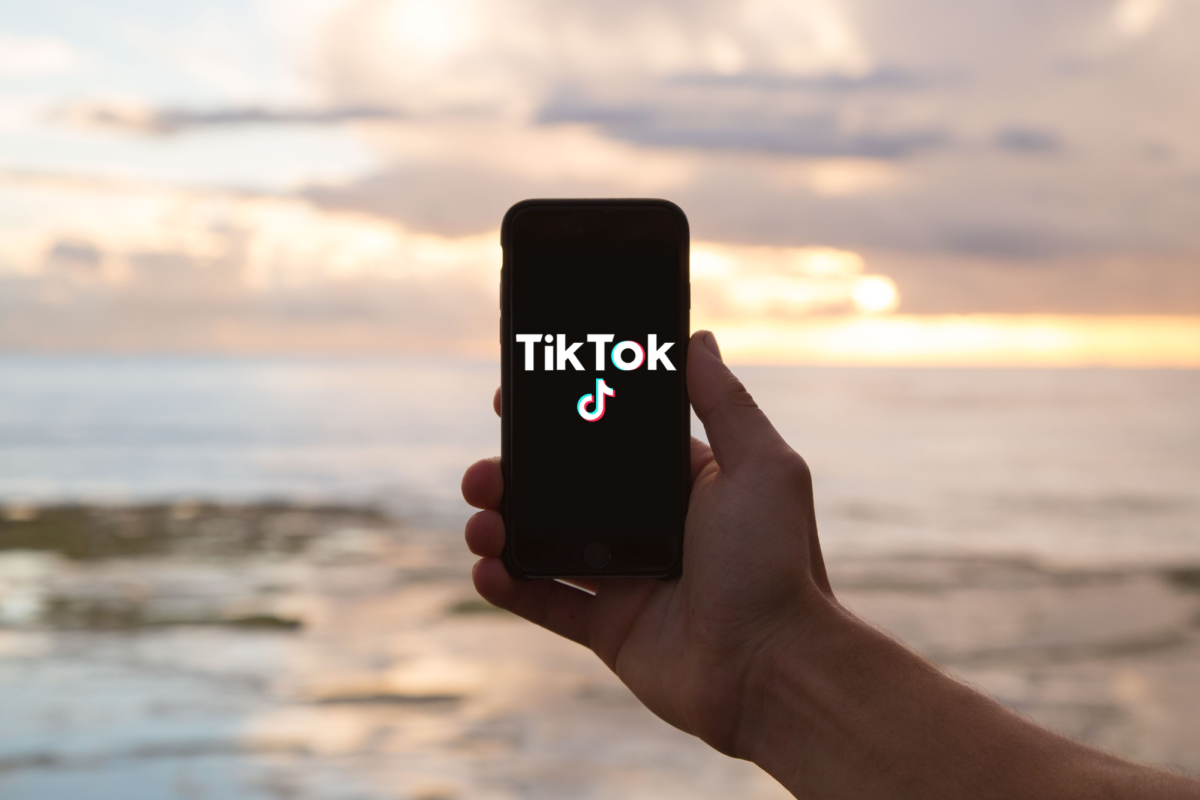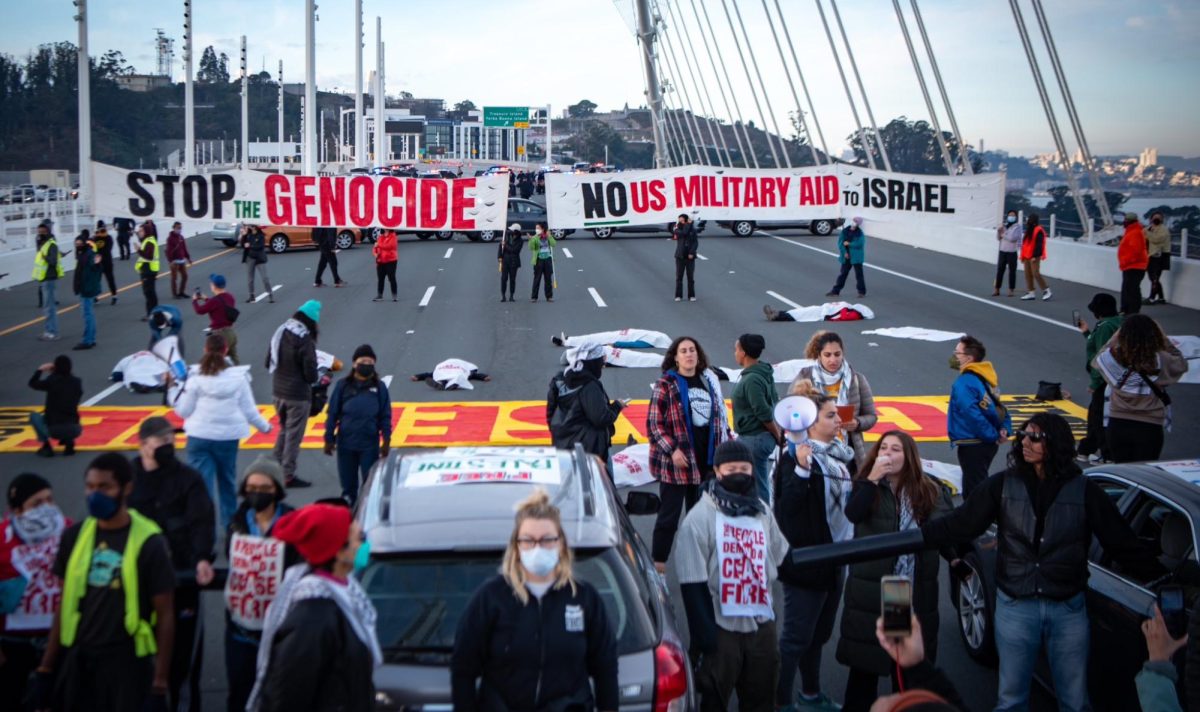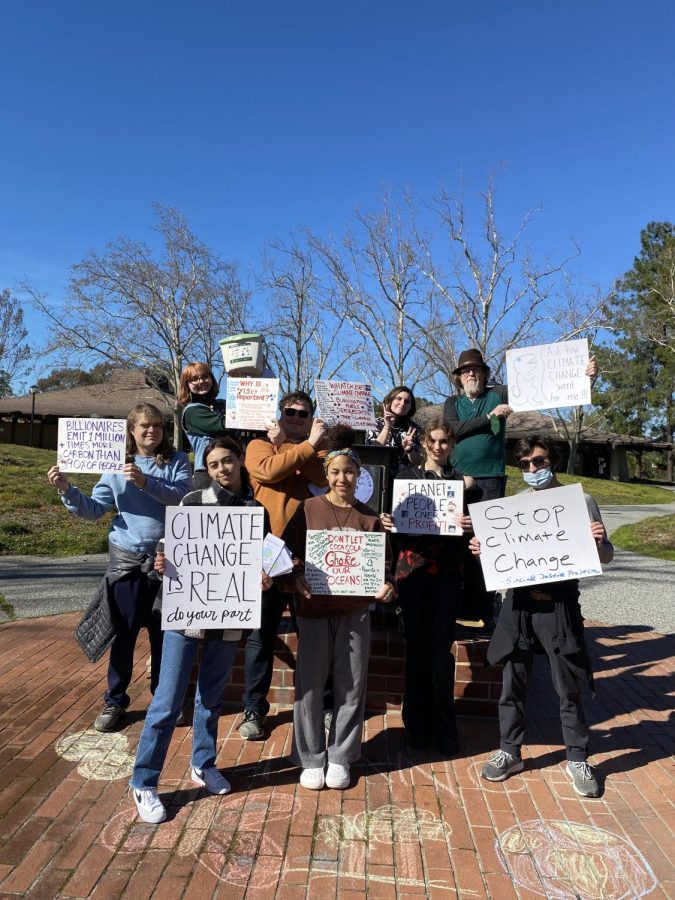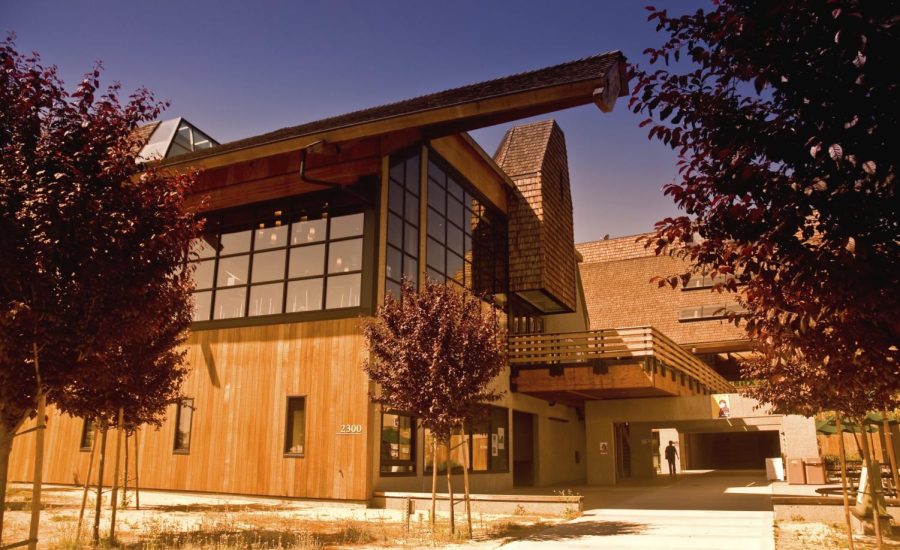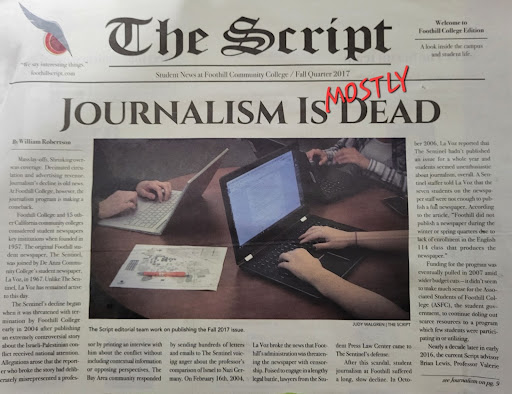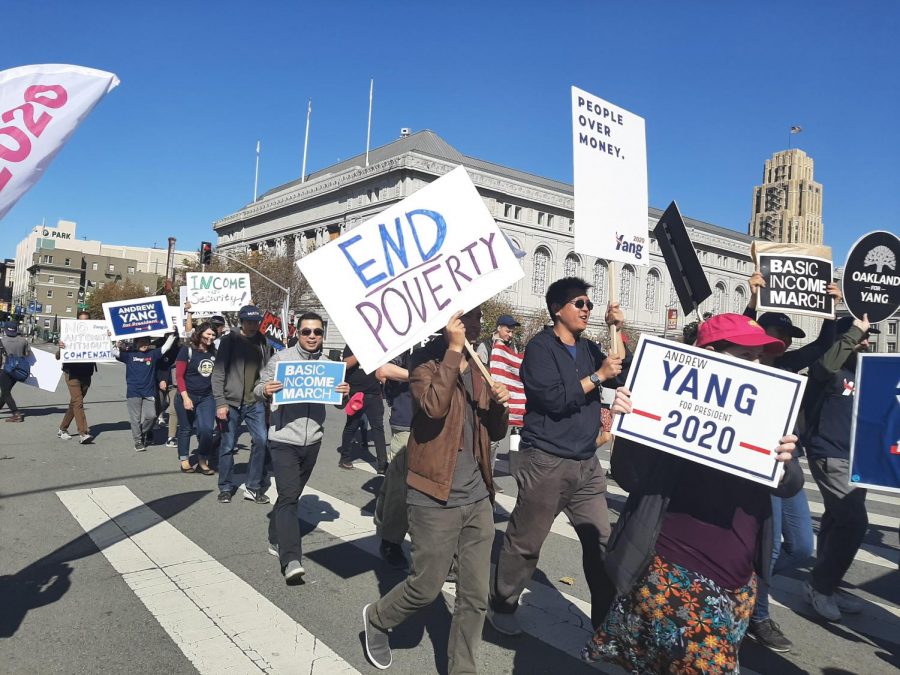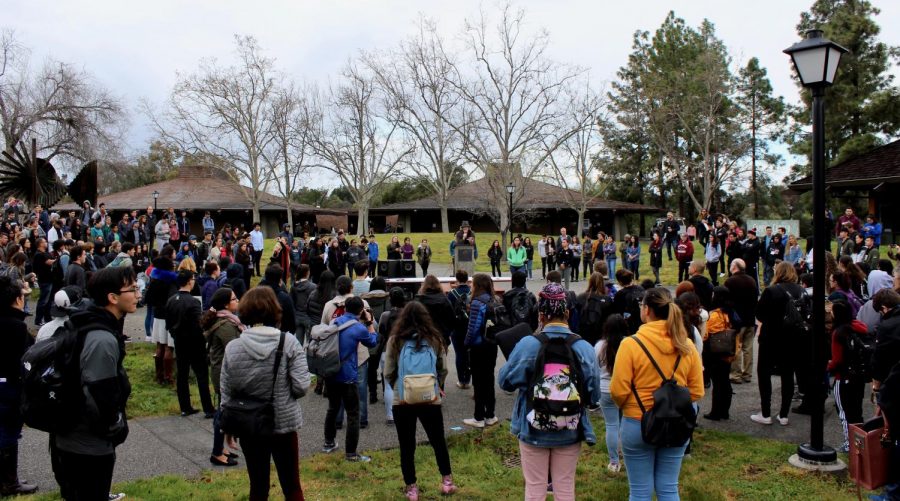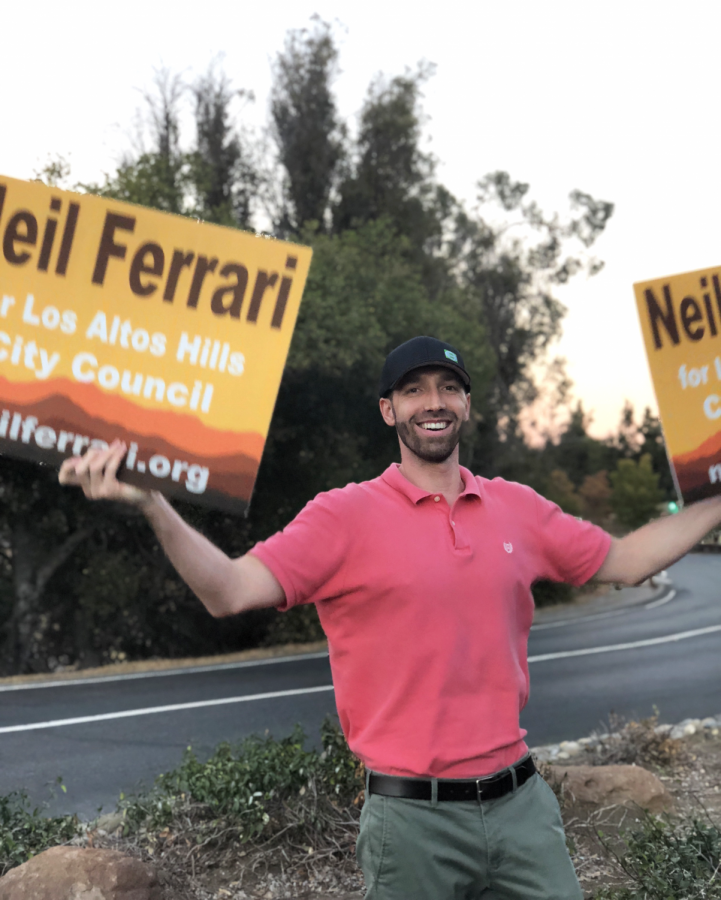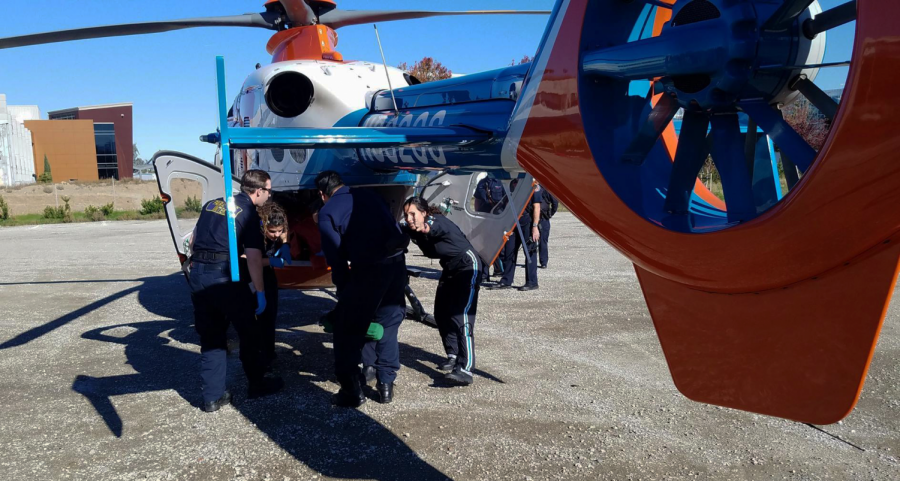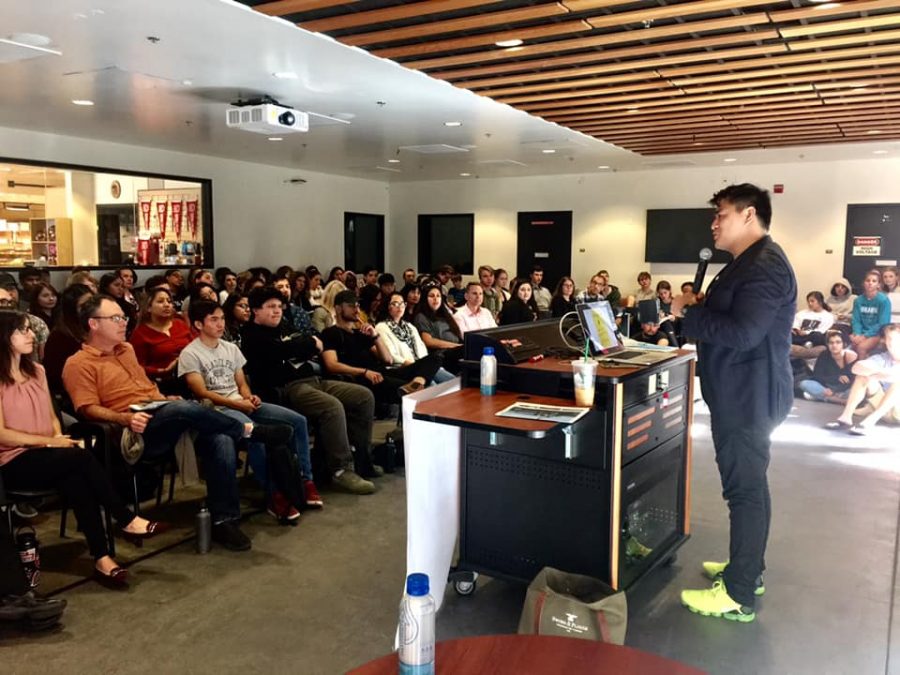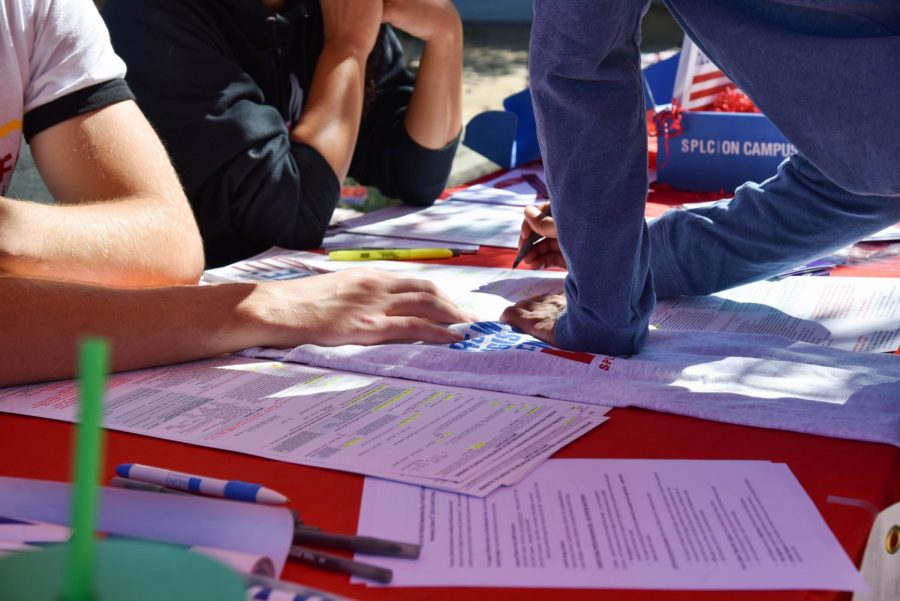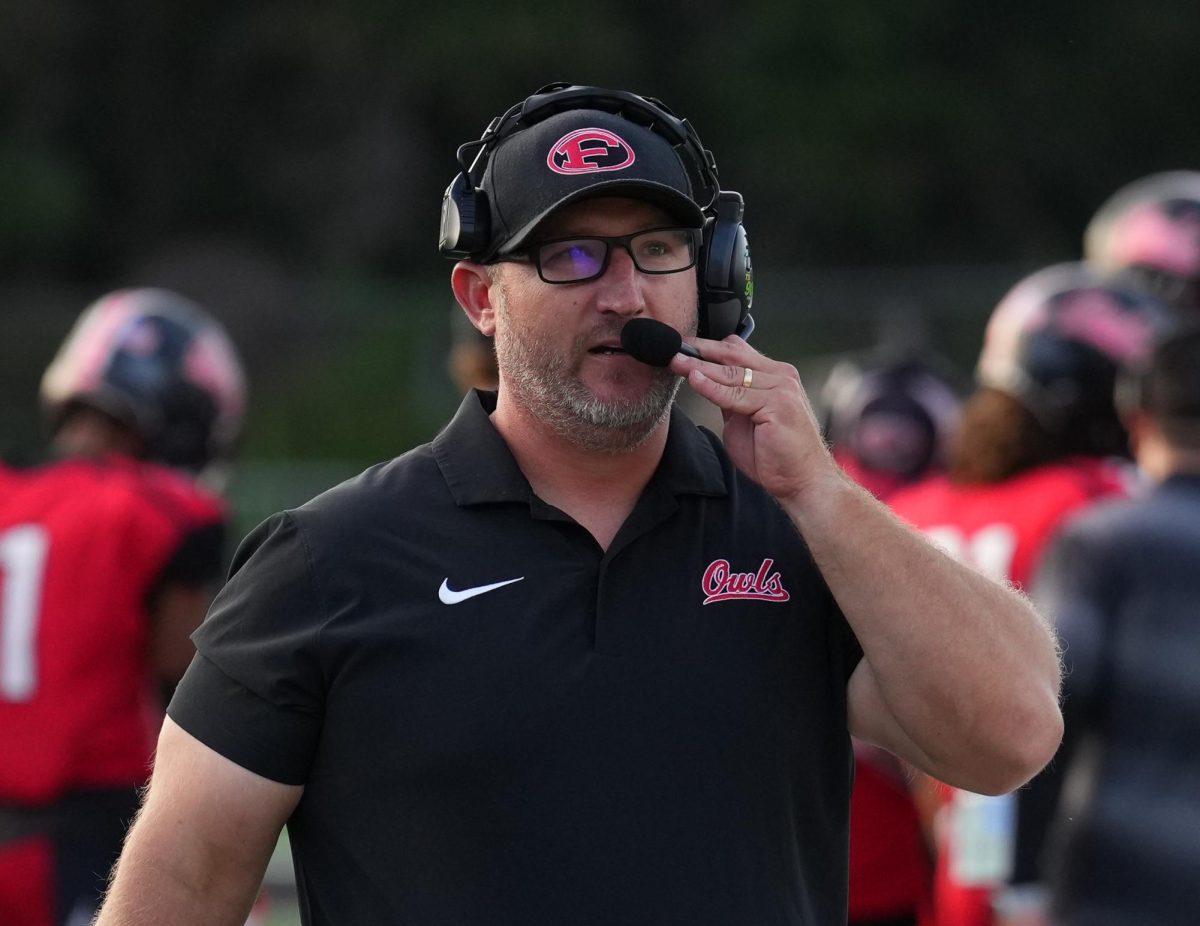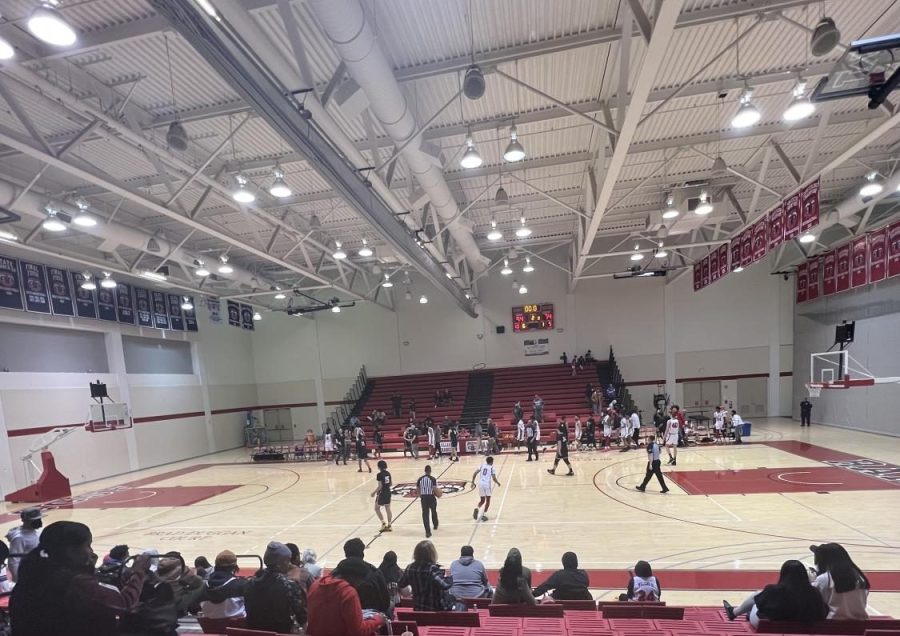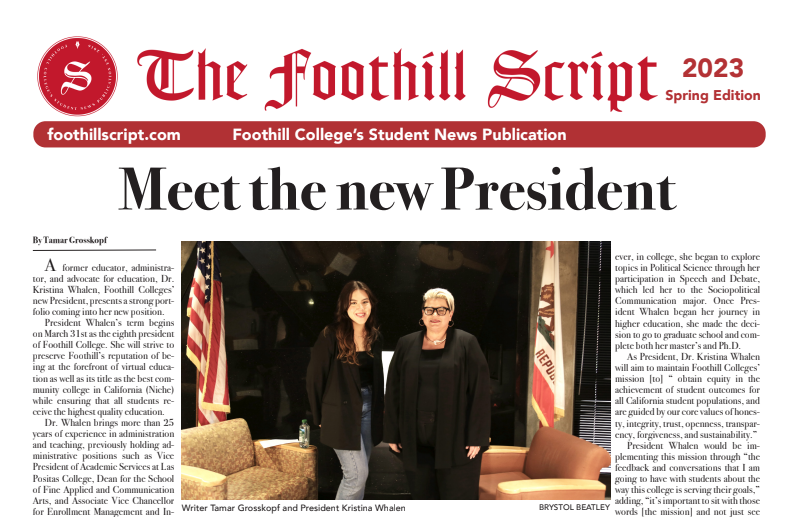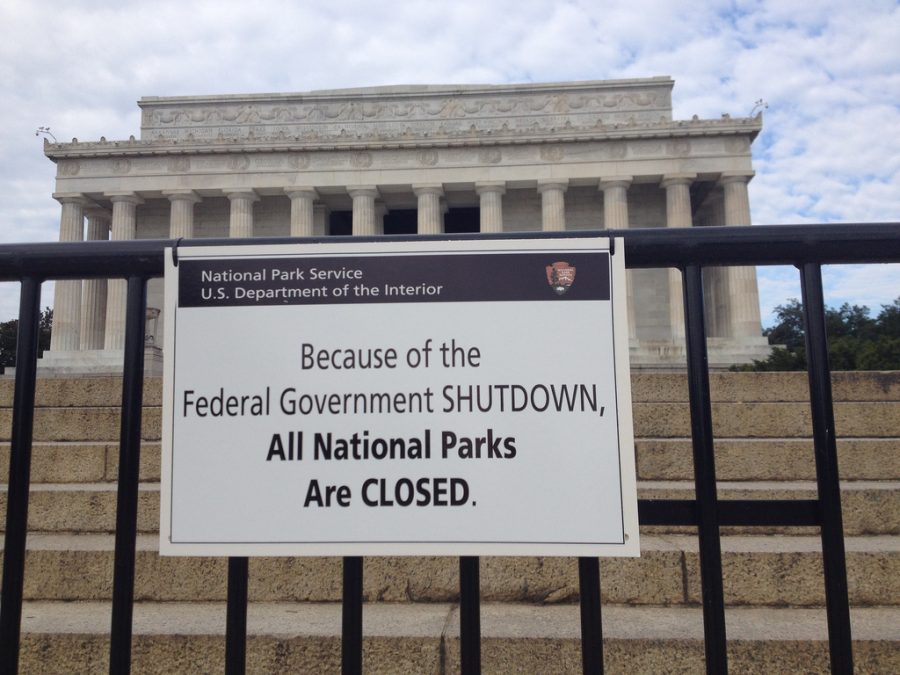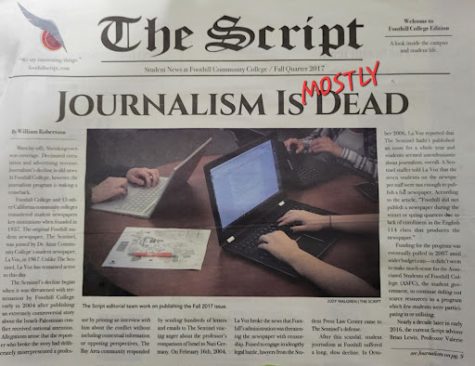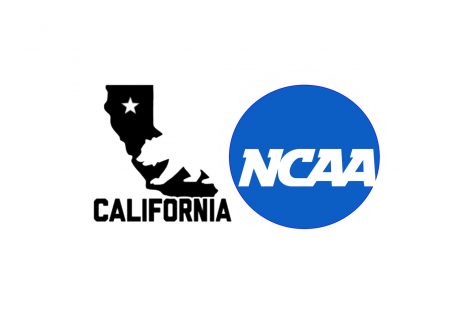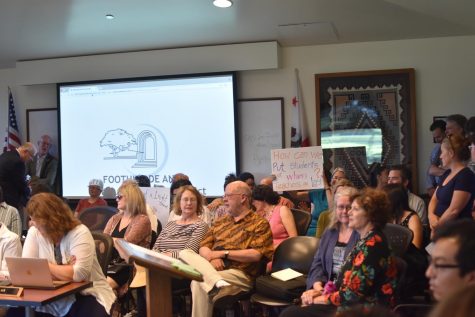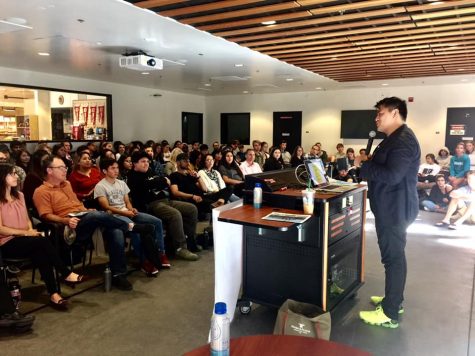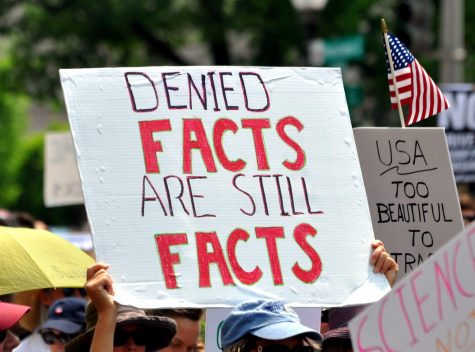Government Shutdown: Who’s to Blame and How This Affects You
The Lincoln Memorial, which closed during the 2013 government shutdown.
What exactly does it mean when the government shuts down? At first glance, the phrase “government shutdown” seems to allude to an event of catastrophic proportions. In reality though, the government is just doing what it does best: disagreeing. Unlike many day-to-day disagreements, however, a government shutdown has a wide reach and impacts the daily life of many Americans.
A government shutdown essentially means that Congress has failed to find common ground on a budget item or consideration. Under regular circumstances, Congress approves a budget by September 30th for the next fiscal year. If this fails, they have a limited amount of time to come together and compromise. If Congress fails to do this, the government is forced into shutdown mode, which means that all nonessential expenditures are cut off to reduce spending. This last happened in 2013 under the Obama Administration, when Congressional Republicans refused to approve a budget and move funds in an effort to stop the Affordable Care Act.
In 1976, our current budget system was implemented; since then, we have had 19 government shutdowns. While each shutdown is driven by different factors, all shutdowns do have a predictable impact on day-to-day life in the United States. For starters, all government funded museums and national parks are closed to the public. Often, investigative health services, transit agencies, and other public services cease to operate. In 2018, federal agencies approved a preventive plan to keep short term funding in case of an imminent shutdown.
The National Parks Conservation Association predicted that roughly 21,000 parks employees were furloughed during this shutdown, leaving a mere 3,200 staff members to cover around 81 million acres of federal lands. While many national parks were forced to close their doors to the public, others issued statements citing that this “unnecessary political drama,” as Colorado Governor John Hickenlooper put it, will not halt service altogether but might slow things down with limited staff.
College students are unlikely to be directly affected by shutdowns, as federal aid is considered essential. However, only around 10% of the Department of Education had functioning staff during the recent impasse. Research funded by federal grants continues, but no new grants will be given during a government shutdown. The Federal Student Aid Office released a statement citing that there should be no interruption in the application for federal student aid or in the delivery of funds, which have already been allocated for the 2017-18 term.
There are numerous other programs that have been affected by previous shutdowns. According to the Congressional Research Service, the following are generally affected by shutdowns:
The Center for Disease Control and Prevention: The government shutdown means that the CDC can no longer provide disease surveillance.
Veterans Services: Some very crucial veteran programs are considered nonessential in the event of a government shutdown. According to Congressional Research Service, “Multiple services were curtailed, ranging from health and welfare to finance and travel.”
Visa Services Halted: In the past, all Visa issuance services were halted by government shutdowns. Immigration referrals and admissions can be delayed for months after a shutdown.
Monuments: The Statue of Liberty reopened on January 22nd after a brief closure, a decision that costs New York State about $65,000 a day to cover operations, but will still benefit the state, given the huge attraction (and financial capabilities) of tourism sites like Lady Liberty.
Blame for this expensive shutdown will surely be shared between parties, with Republicans blaming Democrats for blocking their efforts in trying to dave DACA and Children Health Insurance Programs and democrats blaming republicans, and Trump, for just about everything else. Either way, the shutdown is a costly venture. In 2013 the government shutdown for a grand total of 16 days and cost a total of $24 billion. Political Instability is nothing new, but this time, it is sure to cost the American public a pretty penny — only time will tell the real cost of this shutdown.


